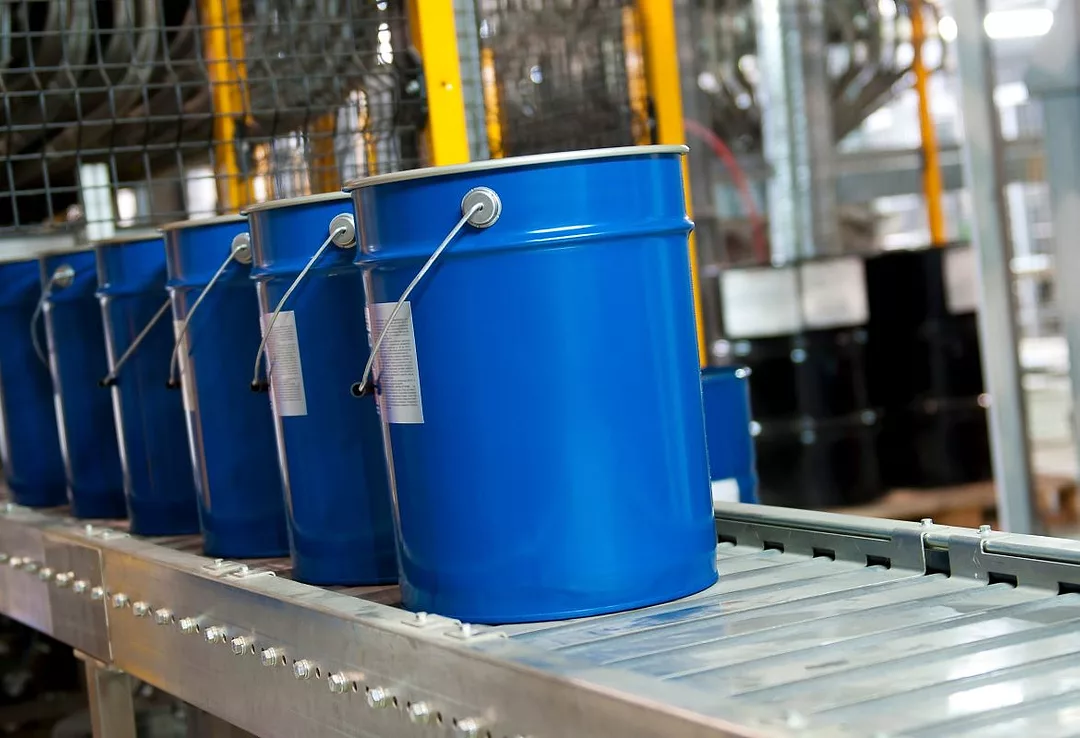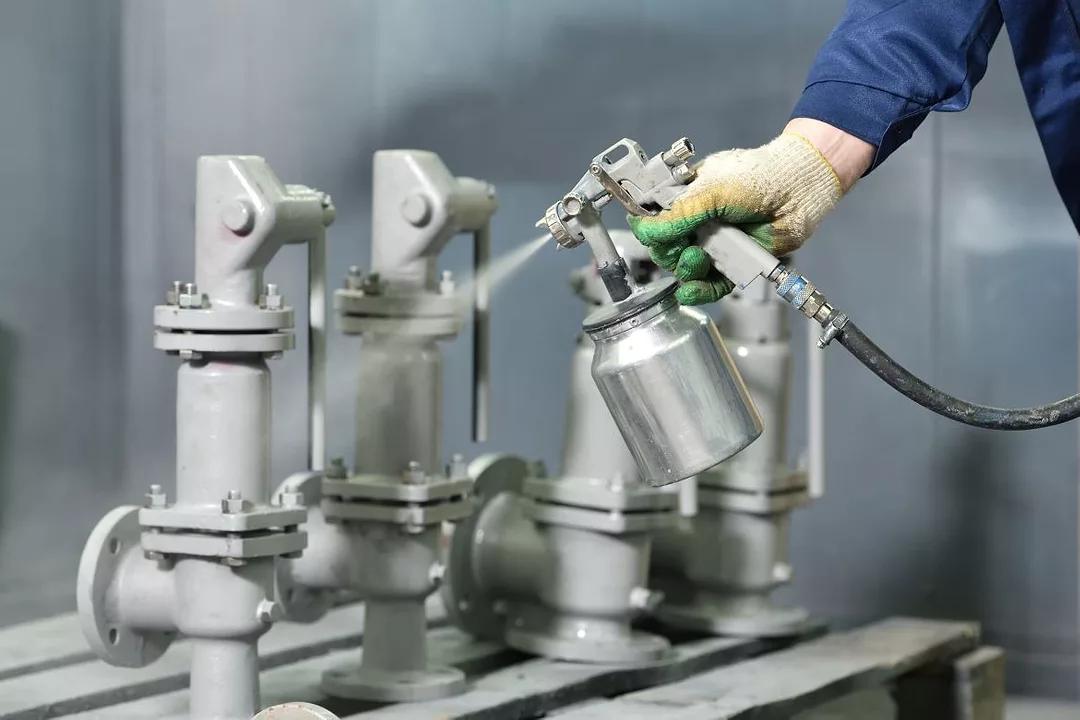An Easy Corrosion Inhibitor Add-In for Water-Based Paint Formulation

Photos courtesy of Cortec.

Photos courtesy of Cortec.
Paint formulators have much to think about when designing water-based coatings for metal. One key decision is the choice of corrosion inhibitor. Fortunately, Cortec® makes it easy for formulators to add the power of Cortec® Micro-Corrosion Inhibiting Coatings™ to their own paints at any stage of the production process with M-120 corrosion-inhibiting additive for water-based paints.
A Unique Approach to Corrosion Protection
Where many coatings rely on sacrificial metals for corrosion protection, M-120 takes a different approach. It does not contain any heavy metals or zinc. Rather, it relies on the power of Cortec® VpCI® amine-carboxylate-based technology to form a microscopic corrosion-inhibiting layer to protect metals at the microcavity level. This is where traditional inhibitors leave microscopic gaps due to their large relative particle size. M-120 helps fill in the gaps and can be used alone or in conjunction with traditional corrosion inhibitors or pigments to maximize the corrosion inhibiting ability of the paint. This VpCI® Technology has at least two direct corrosion inhibiting benefits.
Protect Against In-Can Corrosion
The first benefit relates to the challenges of water-based paints. While water-based coatings present environmental advantages, such as the replacement of solvents with low-VOC paint options, they also have inherent complications. For example, in-can corrosion is a common problem for water-based coatings that sit in a can unused for an extended period of time. Without protection, the user may pop the lid off after a year only to find the inside of the can rusted. At minimum, this reflects a bad image on the paint company. At maximum, it introduces possible paint contamination from rust flaking off inside the can. Adding M-120 can help protect against these potentially serious problems. Because M-120 contains both contact and vapor-phase protection, it offers comprehensive corrosion protection inside the can above and below the level of the paint.
Reduce Scribe Creep
Another great benefit of M-120 is its ability to reduce scribe creep thanks to its micro-corrosion-inhibiting technology. Scribe creep is a standard test method used to measure corrosion when coated panels undergo salt spray or humidity testing. Any chip or minor damage to a coating can create a corrosion starting point from where rust can easily begin to spread underneath the coating and cause coating failure. If the rust does not creep very far from the coating scribe during testing, the additive/coating has a better chance of avoiding this type of coating failure in the field. M-120 performs well on this aspect.
Easy for Formulators to Use
Beyond corrosion protection, one of the beauties of M-120 is its versatility and ease of use. It can be added to many types of water-based resin systems—epoxies, urethanes, acrylics, and alkyds. It provides corrosion protection for both carbon steel and aluminum. It is also very easy for formulators to mix into their coating to boost the level of corrosion protection at any phase of manufacturing, unlike many inhibitors that cannot be post-added.
- Mill Base: M-120 can be added to the mill base after the addition of a wetting agent and co-solvents; or it can be added to the resin prior to adding other components.
- Letdown: M-120 can be added at the end of the mixing process after all other raw materials have been added.
- Finished Product: M-120 can be used as an add-in even after the product has been made.
The last option is especially beneficial to formulators who have already made their coating, only to test it and find that the level of corrosion protection did not meet their expectations. At this point, formulators can easily mix in M-120 after the fact to enhance the corrosion protection of the finished coating without remaking the entire batch.
M-120 is a great option for any formulator looking for a unique corrosion inhibitor with multiple advantages—easy to add vapor-phase protection without heavy metals.
For more information, visit https://www.corteccoatings.com/contact-us-2/.
Looking for a reprint of this article?
From high-res PDFs to custom plaques, order your copy today!





